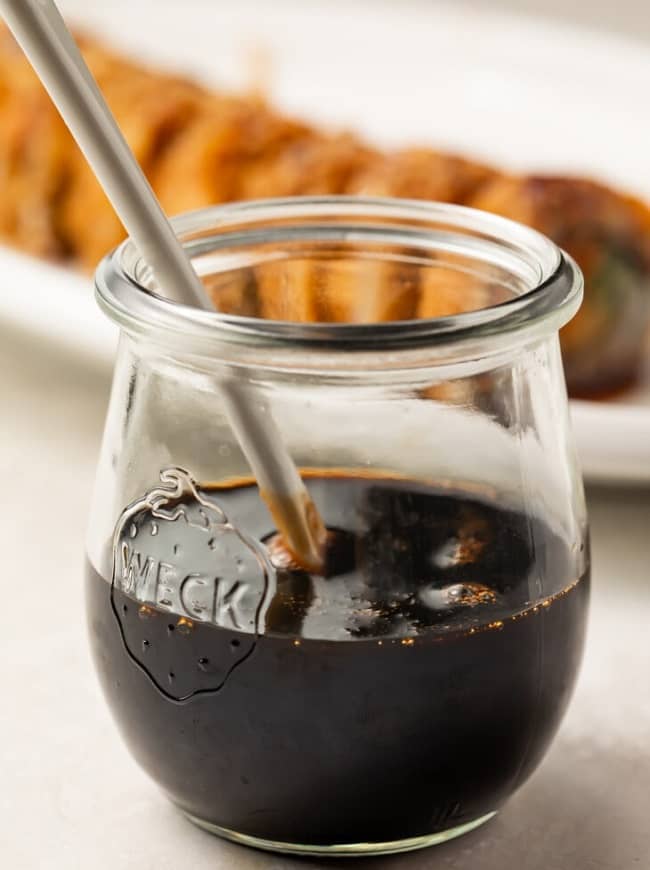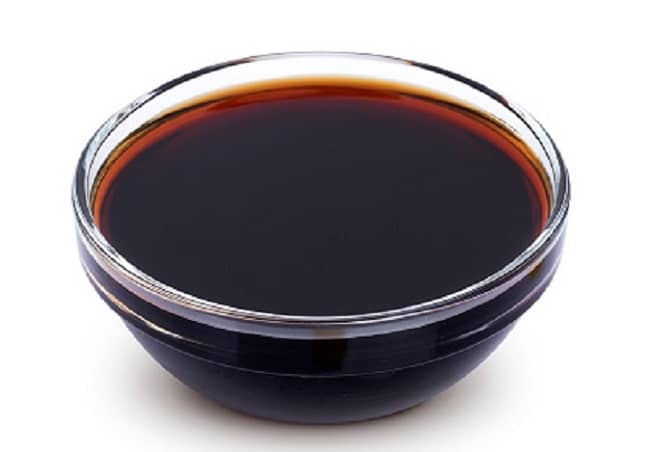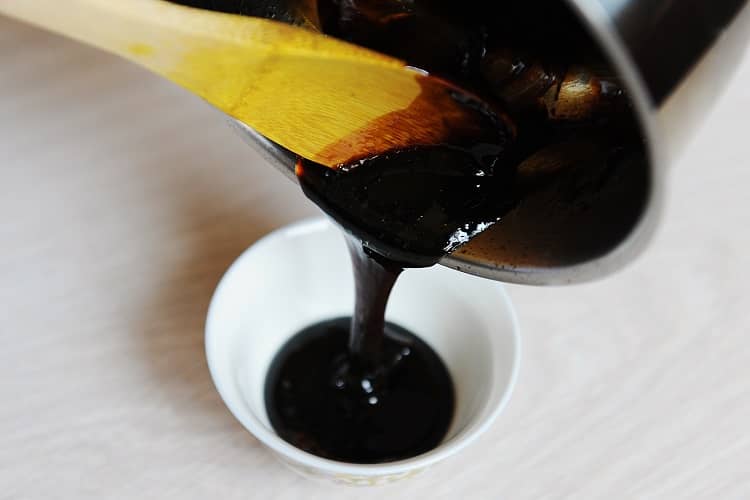Eel sauce is a sweet and salty Japanese sauce that goes great with chicken or fish and is usually served on sushi.
It’s incredibly simple to create (and there’s no eel involved!) and elevates your handmade Japanese cuisine to new heights.
Why Will You Enjoy This Recipe?
- One of my favorite condiments is eel sauce. There’s so much flavor here! It’s slightly sweet and smoky, with a lovely umami flavor that I can’t get enough of.
- Only four ingredients are required for this dish. And don’t worry if you’re afraid of eels; none of them are. This sauce is fantastic.
- It goes well with sushi and fried rice, but I also like it with chicken, tofu, and fish. It’s quite adaptable and pairs well with any protein. It’s also great on grilled or cooked green vegetables!
- This is a fantastic condiment to have on hand or make ahead of time because leftover eel sauce may be refrigerated for up to 3 weeks in an airtight container. You may easily double the ingredients to produce a larger batch of eel sauce.
Important Ingredients
Soy sauce – Soy sauce is the foundation of eel sauce and gives it that delightful, salty flavor. Keep in mind that the saltiness of soy sauce varies from one brand to the next when purchasing and cooking. If you’re worried about the sodium content, try a low-sodium soy sauce. Gluten-free eel sauce can also be made with gluten-free soy sauce.

Sake – I adore the depth it provides! The alcohol cooks away, leaving you with a deep umami flavor that’s hard to surpass.
There’s no good substitute forsake if you’re trying to avoid it. You can thin the other ingredients with water, just like cake, but it won’t have the same rich umami or sweetness.
Mirin – If you can’t get mirin, replace it with a little more sugar and a little more sake (or water). It won’t taste exactly the same, but it should suffice.
Chef’s Advice
- The finished product should be thick and rich, similar to syrup. Reduce the heat on the burner to a gentle simmer, as overcooking will change the consistency. The eel sauce can burn if the heat is too high.
- If the sauce thickens too much, thin it out with a little water or additional sake.
- Allow the eel sauce to cool completely before freezing it in an airtight freezer jar. It can be stored in the freezer for up to 6 months. When you’re ready to eat it, simply reheat it on the stove over low heat. You may need to add a little liquid to thin it out, but the heat should mostly take care of it.
Jarred eel sauce
Sauce de eel
| Preparation time: 10 minutes 20 minutes to cook 30 minutes total |
Eel sauce is a sweet and salty Japanese sauce that goes great with chicken or fish and is usually served on sushi. It’s incredibly simple to create (and there’s no eel involved!) and elevates your handmade Japanese cuisine to new heights.
Ingredients For Eel Sauce
- ½ cup soy sauce
- 4 tablespoons white sugar see Notes
- ½ cup mirin (Japanese sweet wine)
- 2 tablespoons sake
Equipment
- Small saucepan
Instructions

- In a small saucepan over medium-high heat, combine all of the ingredients. Bring the liquid to a boil, then reduce to medium-low heat. Cook for about 15-20 minutes, stirring occasionally until liquid is reduced to about 34 cup.
- In a small white saucepan, make eel sauce.
- Remove from heat and place in a lidded container. As the sauce cools, it will thicken. Serve immediately or keep refrigerated till later.
Notes
White Sugar: Instead of white sugar, use a granular Swerve to lower the sugar level. Because mirin is sweetened, this recipe will not be sugar-free.
Gluten-Free Option: Make sure to use a gluten-free soy sauce.
This recipe makes about 12 1-tablespoon servings. Your desired portion sizes will determine the number of servings.
The nutritional values provided are for one serving out of 12 using the ingredients indicated.
The exact macros will vary depending on the brands and types of ingredients utilized.
Prepare the recipe as directed to get the weight of one serving. Weigh the final recipe, then divide the weight (excluding the weight of the container in which the food is stored) by 12. The weight of one serving will be the result.
Nutrition Information
Serving: 1tablespoon, Calories: 39kcal, Carbohydrates: 9g, Protein: 1g, Fat: 1g, Saturated Fat: 1g, Polyunsaturated Fat: 1g, Monounsaturated Fat: 1g, Sodium: 615mg, Potassium: 21mg, Fiber: 1g, Sugar: 6g, Calcium: 2mg, Iron: 1mg, Net Carbs: 8g
